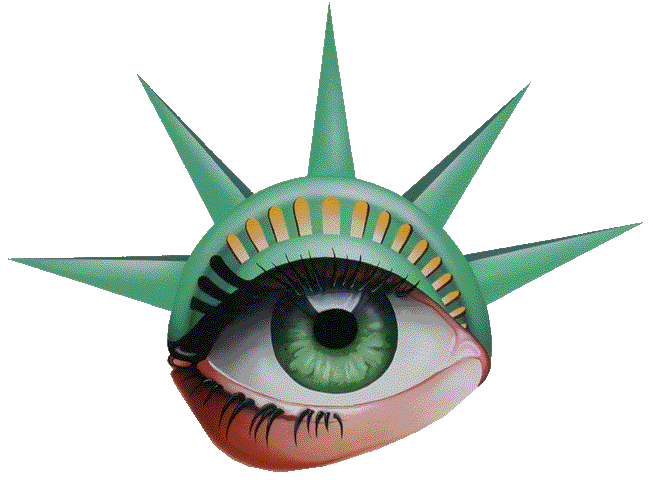Vision problems can significantly affect our daily lives. Among the common issues are astigmatism and nearsightedness (myopia). Despite their prevalence, confusion often arises about how they differ and how they’re treated. This post aims to clarify these points and delve into the specifics of each condition.
Astigmatism: An Overview
Astigmatism is a condition characterized by an irregularly shaped cornea or lens. This irregularity causes light to focus on multiple points in the eye, leading to blurred or distorted vision. Astigmatism can occur alongside nearsightedness or farsightedness.
Causes and Symptoms
The primary cause of astigmatism is genetic. It can also result from eye injuries or surgeries. Common symptoms include blurred vision, eyestrain, headaches, and difficulty with night vision.
Nearsightedness (Myopia): A Closer Look
Nearsightedness is a common vision condition where distant objects appear blurry while close ones are clear. It occurs when the eyeball is slightly longer than normal or when the cornea is too curved. This shape causes light rays to focus in front of the retina.
Causes and Symptoms
Myopia is often hereditary and can worsen during childhood and adolescence. Symptoms include squinting to see distant objects, eye strain, and headaches.
Comparing Astigmatism and Nearsightedness
To understand the differences between astigmatism and nearsightedness, consider the following table:
| Aspect | Astigmatism | Nearsightedness |
|---|---|---|
| Definition | Irregular curvature of the cornea or lens. | The eyeball is longer than normal. |
| Focus Point | Multiple focus points inside the eye. | Focus point is in front of the retina. |
| Symptoms | Blurred vision, eyestrain, headaches. | Blurry distance vision, squinting. |
| Cause | Mostly genetic, can be due to eye injury. | Primarily hereditary. |
| Correction Methods | Corrective lenses, laser surgery, contact lenses. | Glasses, contact lenses, laser surgery. |
Both conditions can be corrected effectively, often with similar methods.
Frequently Asked Questions
What are the main differences between astigmatism and nearsightedness?
Astigmatism is caused by an irregular curvature of the cornea or lens, leading to multiple focus points and blurred vision. Nearsightedness results from a longer-than-normal eyeball, making distant objects appear blurry.
Can you have both astigmatism and nearsightedness?
Yes, it’s possible to have both conditions simultaneously. This is known as compound myopic astigmatism. It requires specialized corrective lenses for clear vision.
How are astigmatism and nearsightedness diagnosed?
Eye doctors use a comprehensive eye exam, including a refraction test and keratometry, to diagnose these conditions. These tests determine the degree of refractive error and corneal curvature.
What are the treatment options for astigmatism and nearsightedness?
Treatment options include corrective eyeglasses, contact lenses, and refractive surgery. Laser-assisted surgeries, like those detailed at Liberty Laser Eye Center, are increasingly popular.
Conclusion
In conclusion, while astigmatism and nearsightedness affect vision, they have distinct causes and characteristics. Understanding these differences is crucial for proper diagnosis and treatment. Modern treatments, including LASIK, offer effective solutions, as detailed in resources like Liberty Laser Eye Center’s LASIK success rates. For those considering corrective eye surgery, learning about the advanced Nidek laser system may be beneficial. Remember, regular eye exams are essential for maintaining good eye health. For more information or to schedule an appointment, don’t hesitate to contact us. Your vision clarity could be just an appointment away!


